1. Louisiana
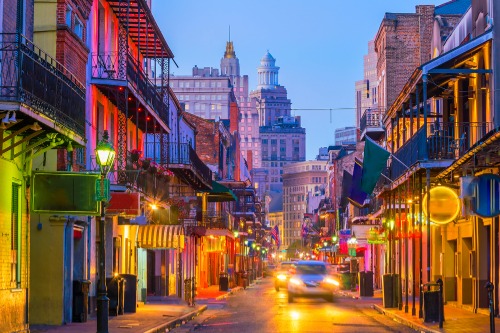
Louisiana is renowned for its vibrant culture, delectable cuisine, and world-famous music scene, particularly in New Orleans. Yet, beneath its lively Mardi Gras celebrations and jazz festivals lies a troubling reality: Louisiana consistently ranks among the most dangerous states in the United States. According to World Population Review, New Orleans frequently appears on lists of cities with the highest violent crime rates, including homicide and robbery.
Poverty, unemployment, and systemic issues related to education and healthcare access contribute significantly to these crime rates. Social issues, such as substance abuse and housing instability, further exacerbate the challenges faced by residents and visitors alike. While Louisiana offers unforgettable experiences—like the French Quarter’s vibrant nightlife and the soul-stirring sounds of local brass bands—it’s crucial for travelers to remain aware of their surroundings. Avoiding certain neighborhoods after dark and seeking guidance from locals can help ensure a safe and enjoyable visit to this culturally rich yet complex state.
2. Tennessee
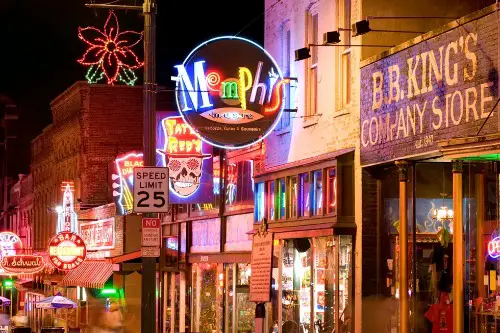
Tennessee is a state of contrasts: it’s home to Nashville, the heart of country music, and Memphis, the birthplace of the blues. But these cultural landmarks are juxtaposed with rising crime rates that have earned Tennessee a reputation for being one of the more dangerous states in the U.S. Memphis, in particular, is notorious for violent crime. Property Club reports that the city consistently ranks among the most dangerous urban areas in America, with exceptionally high rates of homicides and aggravated assaults.
These issues are deeply rooted in socioeconomic disparities that plague parts of the state. While Tennessee boasts incredible natural beauty, including the Great Smoky Mountains and picturesque rivers, visitors need to exercise caution in urban areas. Researching neighborhoods in Memphis or Nashville ahead of time can make a big difference. Working with local guides or consulting locals for advice can also help travelers safely experience the rich musical heritage and southern hospitality Tennessee is known for.
3. New Mexico
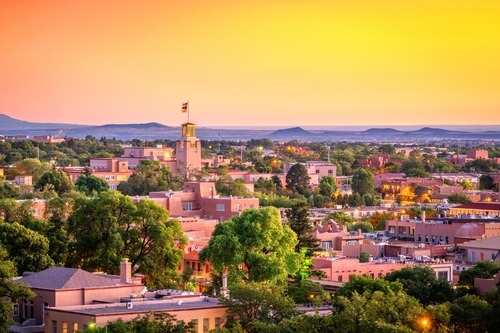
With its breathtaking landscapes, deep Native American and Spanish cultural influences, and thriving art scenes, New Mexico captivates visitors. However, it also grapples with some of the highest violent crime rates in the country. According to Newsweek, Albuquerque frequently ranks as one of the most dangerous cities in the U.S., with violent crime rates far above the national average.
New Mexico’s challenges are complex and multifaceted. Socioeconomic disparities, limited access to education, and healthcare issues are persistent problems in many parts of the state. While Santa Fe’s tourist-friendly atmosphere feels safe, cities like Gallup and Albuquerque require greater caution. The state’s contrasts can be startling: serene desert landscapes alongside areas plagued by crime. To stay safe, visitors should stick to well-known areas, avoid traveling alone at night, and consult with locals to gain insight into safer neighborhoods.
4. Alaska
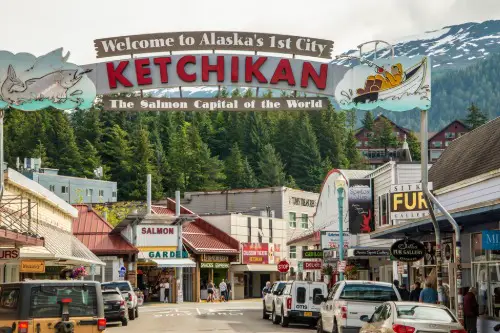
Alaska’s awe-inspiring wilderness and majestic beauty make it a bucket-list destination for many. Yet, behind the state’s stunning exterior lies a startling reality: Alaska has one of the highest crime rates in the United States. According to Property Club, the state experiences a crime rate of approximately 32.14 incidents per 1,000 residents, with violent crimes such as assault and domestic violence being alarmingly common.
Several factors contribute to Alaska’s safety challenges. Its vast geography and isolated communities make law enforcement response times slower than in more urbanized areas. Additionally, the state faces high unemployment rates and widespread substance abuse, which exacerbate the issue. Visitors to Alaska should take precautions, particularly when traveling in remote areas. Staying in contact with local authorities and preparing adequately for emergencies can ensure a safe and enjoyable exploration of Alaska’s stunning landscapes.
5. Arkansas
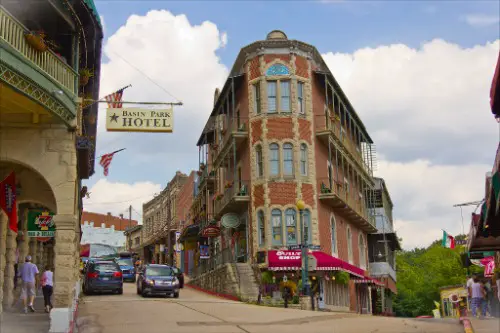
Arkansas is celebrated for its natural beauty, from the Ozark Mountains to its serene rivers and lakes. However, it also struggles with significant crime problems, particularly in urban areas like Little Rock. According to Newsweek, the city has seen troubling spikes in both violent and property crimes in recent years, making it a state that demands caution from visitors.
Socioeconomic challenges are at the root of Arkansas’s safety issues, including poverty and limited access to quality education and healthcare. Efforts by local authorities to reduce crime through community policing have seen mixed success, leaving some neighborhoods especially vulnerable. For travelers, researching safe areas and sticking to well-trafficked routes can mitigate risks. Despite its challenges, Arkansas offers rich history and outdoor adventures, but visitors should remain vigilant to make the most of their trip.
6. Missouri
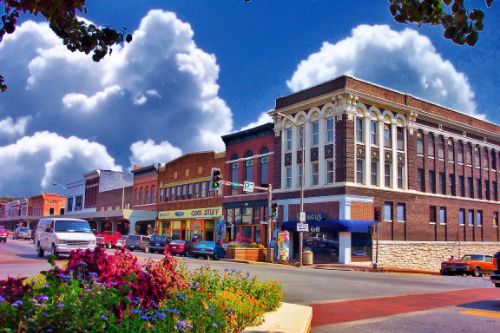
Missouri offers visitors a mix of attractions, from the cultural vibrancy of Kansas City and St. Louis to the serene beauty of its parks and rivers. However, it also faces some of the highest violent crime rates in the nation. St. Louis, in particular, frequently ranks among the most dangerous cities in the U.S., with troubling levels of homicides, robberies, and aggravated assaults.
The root causes of Missouri’s crime issues often lie in deep economic inequalities, limited educational opportunities, and underfunded community resources. While parts of Kansas City and St. Louis are popular tourist destinations, visitors should research safe neighborhoods ahead of time and take extra precautions in less-traveled areas. Exploring Missouri’s historic sites and cultural landmarks can be rewarding, but an informed and vigilant approach ensures a safer experience.
7. South Carolina

Known for its southern charm, historic landmarks, and beautiful beaches, South Carolina is a top destination for travelers. But beneath its picturesque image, the state struggles with rising violent crime rates, particularly in urban centers like Columbia. According to reports from law enforcement agencies, South Carolina ranks higher than average for crimes like aggravated assault and robbery.
The stark contrast between bustling tourist hubs like Charleston and nearby areas with safety concerns can be surprising to visitors. Socioeconomic challenges, including poverty and underemployment, play a significant role in these issues. While enjoying South Carolina’s rich history, visitors should stick to well-known areas, avoid wandering into unfamiliar neighborhoods at night, and consult local resources for safety tips. A little preparation can go a long way in ensuring a worry-free trip.
8. Nevada
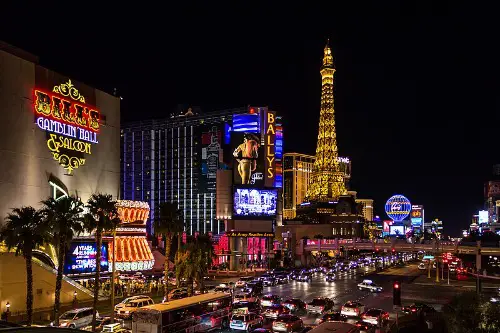
Nevada is synonymous with entertainment and nightlife, thanks to Las Vegas, but the state’s reputation for glitz and glamour comes with a darker side. Violent crimes, including robbery and assault, are prevalent in parts of Las Vegas, where the transient nature of its population and tourism-driven economy exacerbate safety concerns.
According to local crime statistics, certain neighborhoods in Las Vegas see significantly higher crime rates than others, particularly after dark. Visitors to Nevada should enjoy the excitement of destinations like the Las Vegas Strip but remain cautious. Stick to well-lit, crowded areas, and be mindful of personal belongings in high-traffic spaces. For those exploring Nevada’s stunning outdoor landscapes, such as Red Rock Canyon or Lake Tahoe, it’s equally important to research the safest routes and prepare adequately for remote travel.
9. Michigan
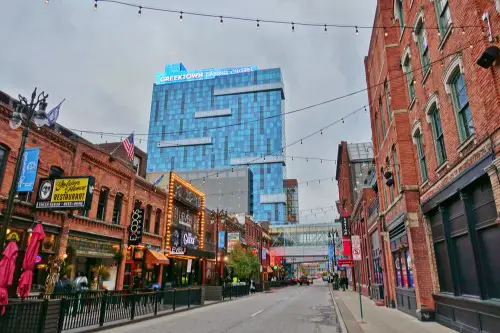
Michigan is a state of contrasts. It boasts the stunning Great Lakes, picturesque small towns, and cultural hubs like Detroit. Yet, the state also struggles with widespread crime, particularly in urban areas. Detroit is frequently listed among the most dangerous cities in the U.S., with high rates of violent crimes such as shootings, assaults, and robberies.
The challenges Michigan faces are deeply tied to economic hardships, with parts of Detroit and other cities grappling with unemployment and poverty. While there are plenty of safe and welcoming areas to explore—like Ann Arbor or the scenic Upper Peninsula—visitors should research destinations in advance and exercise caution in higher-risk neighborhoods. Engaging with locals and utilizing community resources can make a trip to Michigan both safe and memorable.
10. Colorado
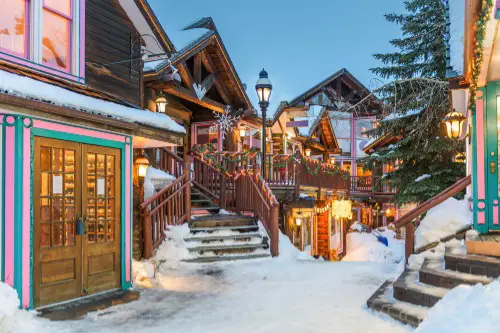
Colorado is famous for its majestic mountains, outdoor adventures, and vibrant urban centers like Denver. However, rising crime rates have placed it among the more dangerous states in the U.S. Denver, in particular, has seen significant increases in both property crimes and violent offenses, such as assaults and robberies.
Contributing factors include rapid urbanization, socioeconomic disparities, and struggles with substance abuse in certain areas. While Colorado offers unparalleled outdoor experiences, travelers should remain aware of safety concerns when exploring urban hubs. Sticking to well-populated areas and researching neighborhoods before visiting can help mitigate risks, allowing visitors to enjoy the natural beauty and cultural offerings that Colorado has to offer.
11. Oklahoma
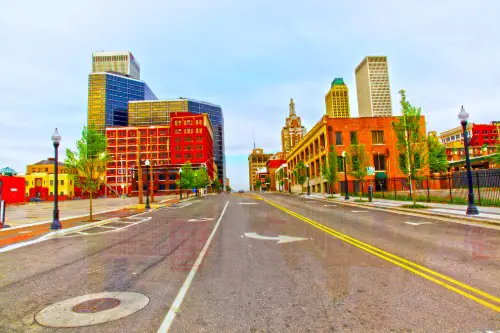
Oklahoma’s charm lies in its rich history, cultural festivals, and stunning landscapes. However, it also faces high rates of violent crime, particularly in urban areas like Tulsa. Despite some recent improvements, crime rates in certain parts of the state remain well above national averages, with robbery and assault being the most commonly reported offenses.
Economic struggles and social challenges, including substance abuse, are significant contributors to Oklahoma’s crime problems. Visitors should prioritize safety by staying in well-known areas and avoiding poorly lit or isolated neighborhoods, especially after dark. By planning ahead and staying informed, travelers can enjoy Oklahoma’s unique blend of culture and natural beauty while minimizing potential risks.
12. Arizona
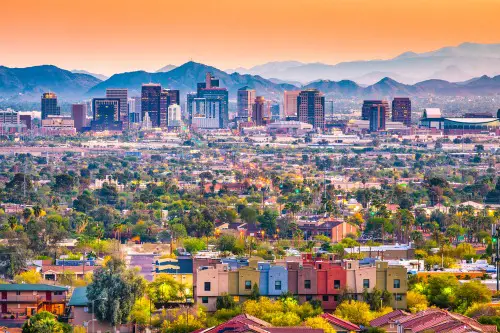
Arizona’s diverse landscapes, from the Grand Canyon to the Sonoran Desert, make it a magnet for outdoor enthusiasts. Yet, the state also struggles with rising crime rates, particularly in urban centers like Phoenix. Violent crimes, including aggravated assault and property theft, are prevalent, making Arizona a state that requires vigilance from both residents and visitors.
The state’s rapid population growth has put pressure on law enforcement and community resources, contributing to safety challenges in certain neighborhoods. Visitors should take precautions by staying in well-traveled areas, locking valuables securely, and avoiding risky situations late at night. Despite these challenges, Arizona’s breathtaking scenery and cultural landmarks make it a destination worth exploring—with the right safety measures in place.


